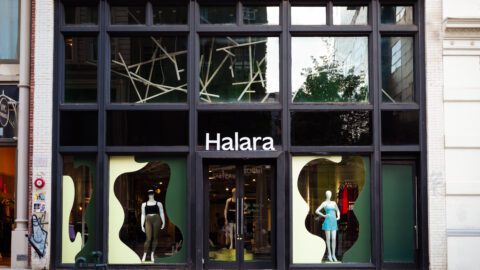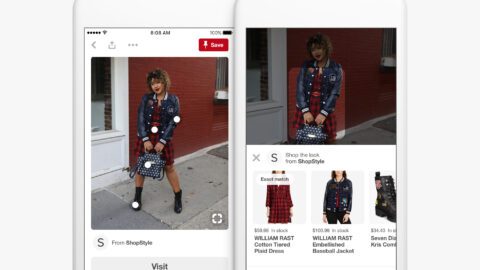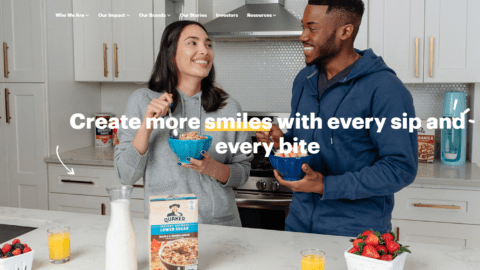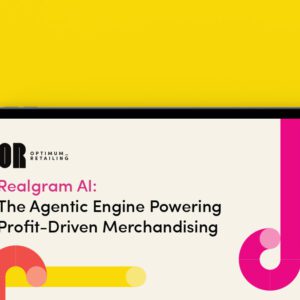Some may argue that the athletic performance during this year’s Super Bowl was subpar at best. But viewers nationwide still were buzzing about commercials from Coca-Cola, Anheuser-Busch, Audi and others brands, via social media.
Results from Adobe Digital Index (ADI) confirmed that if brands include a social call-to-action, consumers will participate. Overall, the phrase “Super Bowl” garnered 4.9 million mentions across social sites. But broken down by brand, ADI reported that there were five key winners of the big game commercial competition:
- Coca-Cola (169,013 mentions);
- Ford (164,300 mentions);
- Chevy (150,061 mentions);
- Anheuser-Busch (135,045 mentions); and
- Doritos (122,045 mentions).
{loadposition TSHBAIAA022014} RadioShack, however, generated the most buzz with its 1980s-themed commercial, which featured television icons, including Hulk Hogan and Alf. The electronics retailer saw a 22-times increase in social mentions, the largest increase for any advertiser over the Super Bowl weekend, according to Tamara Gaffney, Principal Analyst of ADI, in an interview with Retail TouchPoints.
“Marketers are starting to embrace social media as a key part of their campaigns,” said Gaffney in an interview with Retail TouchPoints. “In the past, the Super Bowl TV and digital media teams were isolated and rarely talked to each other. This year we saw social media leveraged immediately following the last playoff game. Also, the vast majority if not all of this year’s ads contained a social media component like a hash tag.”
In order to make the most out of their $4 million investment in Super Bowl advertising, many brands attempted to generate buzz long before the live game date. For example, Anheuser-Busch published the Budwieser “puppy love” ad on YouTube to “get the ball rolling early,” Gaffney noted. “Marketers might be tempted to think that they want to save their ammo for the big day, but Anheuser-Busch’s social media buzz was up nearly 2,000% versus their past 30-day average. They were able to capture social buzz earlier and still achieve tremendous growth on game day.”
Even brands and retailers that did not invest in television advertising were trying to grab a piece of the social pie. For example, the “Twittersphere” exploded with activity after JC Penney published a few discombobulated tweets on the social network. On its Twitter account, the retailer confirmed its social team was “tweeting with mittens,” to promote its Team USA mittens for the Winter Olympics.
Social Media Best Practices From Super Bowl Success Stories
Based on successful campaigns during the Super Bowl, Gaffney compiled a list of best practices for tying television commercials to social media:
1. Coordinate efforts early on and across traditional and digital marketing teams.
2. Pre-release commercials on social media and capitalize on building momentum on broadcast spots through social media.
3. Encourage conversations via hash tags. However, ADI data suggests that the hash tag is displayed as the name of the brand, rather than something new.
4. Have a team on hand to interact immediately with fans and don’t be afraid to be interactive with other brands. Today, brands are viewed as people, so the more personality they demonstrate, the more likeable and memorable they will be.
5. Go graphical. Images and video elicit the greatest engagement, so have supporting campaign elements ready to go or set them up to be easy to modify, so they can be included during the event.
6. Pay attention to quality. Creative content that is humorous, has stunning or surprising imagery or is emotionally evocative will receive maximum engagement. Creative content that takes risks and conveys the brand’s personality will go viral.
7. Don’t get stuck on Facebook and Twitter. Other networks, such as Instagram, are gaining momentum; and those audiences deserve some attention, as well.
8. Measure results. Have a social media goal attached to the broadcast campaign and track the results. Test, modify and repeat.
Site Performance Lags In Light Of Traffic Surges
Undoubtedly, fun and compelling commercials encouraged consumers to learn more about brands and products while watching the big game.
But overall site performance was lagging throughout the game’s entirety, according to Keynote research. The average load time for all sites on smartphone was up to 20 seconds, with only six sites taking less than 10 seconds to load.
The Super Bowl is a pivotal time to “facilitate ongoing interaction, but without cratering performance,” said Aaron Rudger, Senior Marketing Manager at Keynote Systems. Companies are “encouraging people to engage with them online, which is great. Companies should want people to engage with them beyond the television but they have to ask if they’re really prepared for that.”
Based on Keynote’s research, most Super Bowl advertisers were not prepared for the influx of traffic — especially via smartphones. Maserati, for example, had difficulties dealing with the traffic surge, leaving the site unavailable for an extended period of time. Kia and Pepsi had the lowest-performing sites, with 91% and 90% availability, respectively. SodaStream saw approximately 10 minutes of site downtime after its commercial aired, while Kia’s site was unavailable for nearly 40 minutes.
The site performance issue evident during the Super Bowl could have been avoided if brands encouraged viewers to visit other channels to interact and share their feedback, Rudger said. For example, H&M had the best site performance because the commercial featured a hash tag, which encouraged people to “engage with the brand beyond the television screen and web site.” This tactic “helped offload a potential surge in traffic.”
Data also has a profound impact on site performance. Rudger noted that although many advertisers had aesthetically pleasing sites, they also were sending an extremely large amount of data during load times, making them “not well designed for a high-performing user experience.”
Rudger concluded: “The most important thing is that companies design with performance in mind. Don’t leave it to your operations team, whose job it is to manage the site. When you’re making choices about the content and functionality you’re going to make available, it’s important that you don’t make mistakes early on in the design process so the site doesn’t perform well.”












